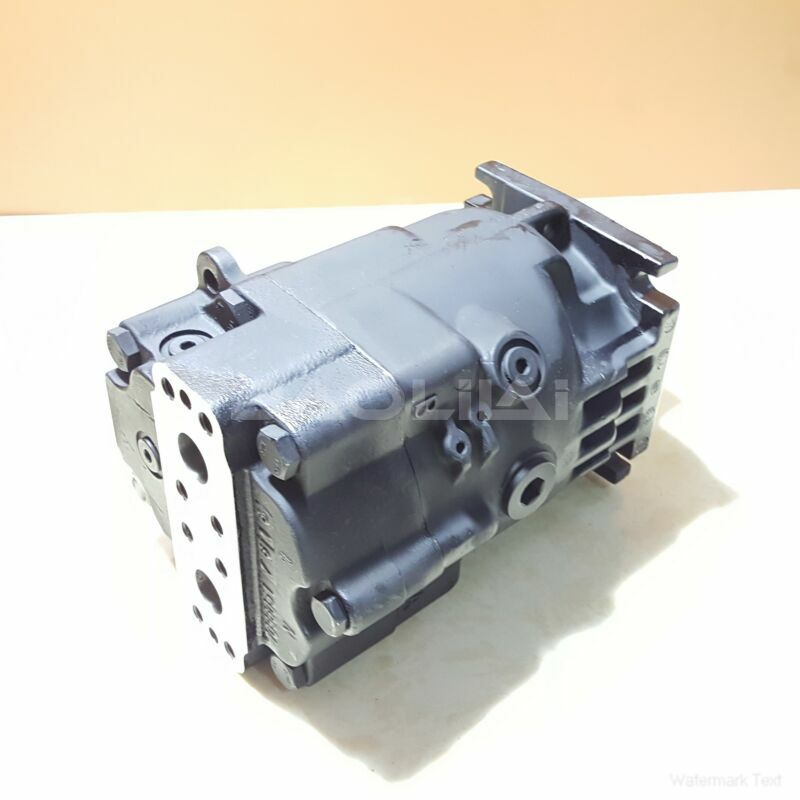90M055NC0N7N0C6W00EBA0000E6 sauer danfoss motor
90M055NC0N7N0C6W00EBA0000E6 sauer danfoss motor

- Product Details
- Applicable Scene
High voltage motors are critical components in various industrial applications, driving significant machinery such as pumps, compressors, and conveyor systems. The performance of these motors is vital to ensure operational efficiency, reliability, and safety. Several key performance metrics are essential for evaluating the effectiveness and reliability of high voltage motors. Understanding these metrics can aid engineers and operators in making informed decisions regarding the installation, operation, and maintenance of these systems.
90-M-055-NC-0-N-7-N-0-C6-W-00-EBA-00-00-E6
90M055NC0N7N0C6W00EBA0000E6
One of the primary performance metrics is efficiency, typically expressed as a percentage. Motor efficiency determines how effectively the input electrical energy is converted into mechanical energy. High voltage motors are designed to operate at optimal efficiency levels, and improvements in efficiency can lead to significant energy savings and reduced operational costs. Regular monitoring and maintenance can help maintain high efficiency levels over the motor’s lifespan.

9431111
Another critical metric is the power factor, which measures the ratio of real power flowing to the load and the apparent power in the circuit. A high power factor indicates efficient utilization of electrical power, which is crucial for reducing energy costs and minimizing losses in the power supply system. Low power factors can lead to increased current flow and overheating, potentially resulting in equipment damage or failure. It is essential to monitor and improve the power factor through proper motor sizing and the use of power factor correction devices.
Temperature rise is another important performance indicator for high voltage motors. Motors generate heat during operation due to losses such as copper losses, iron losses, and friction. Excessive heat can lead to insulation breakdown and shorten the motor’s lifespan. Manufacturers often specify maximum allowable temperature rises, and regular thermal monitoring can prevent overheating and ensure reliable performance.
Vibration levels are also critical metrics for assessing motor health. Excessive vibration can indicate misalignment, unbalance, or bearing issues, leading to premature failure if not addressed. Vibration monitoring technologies, such as accelerometers and infrared thermography, can help detect potential problems early and reduce the risk of unscheduled downtime.





